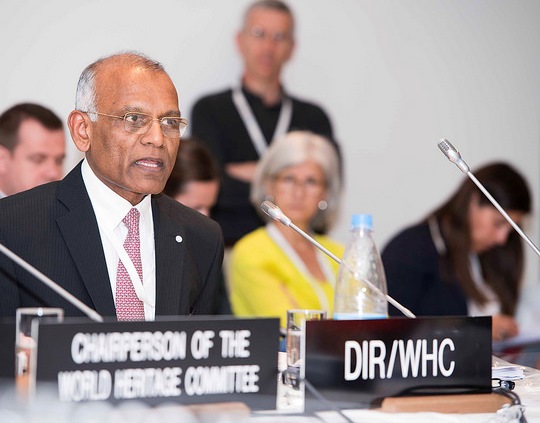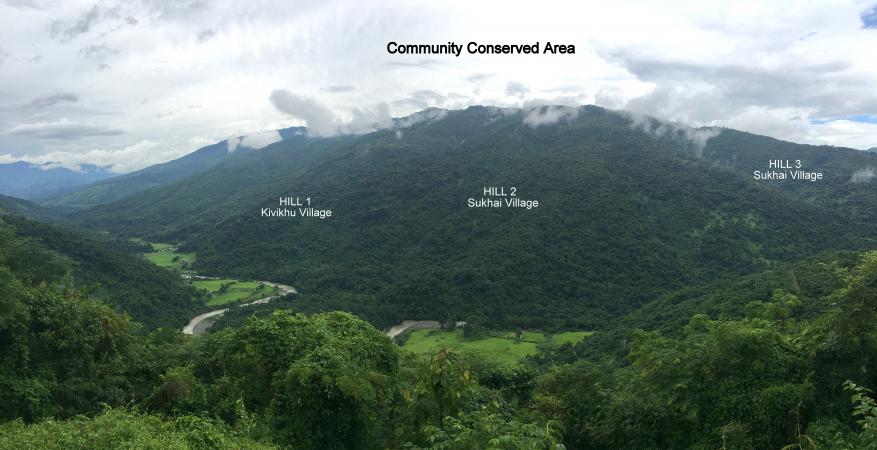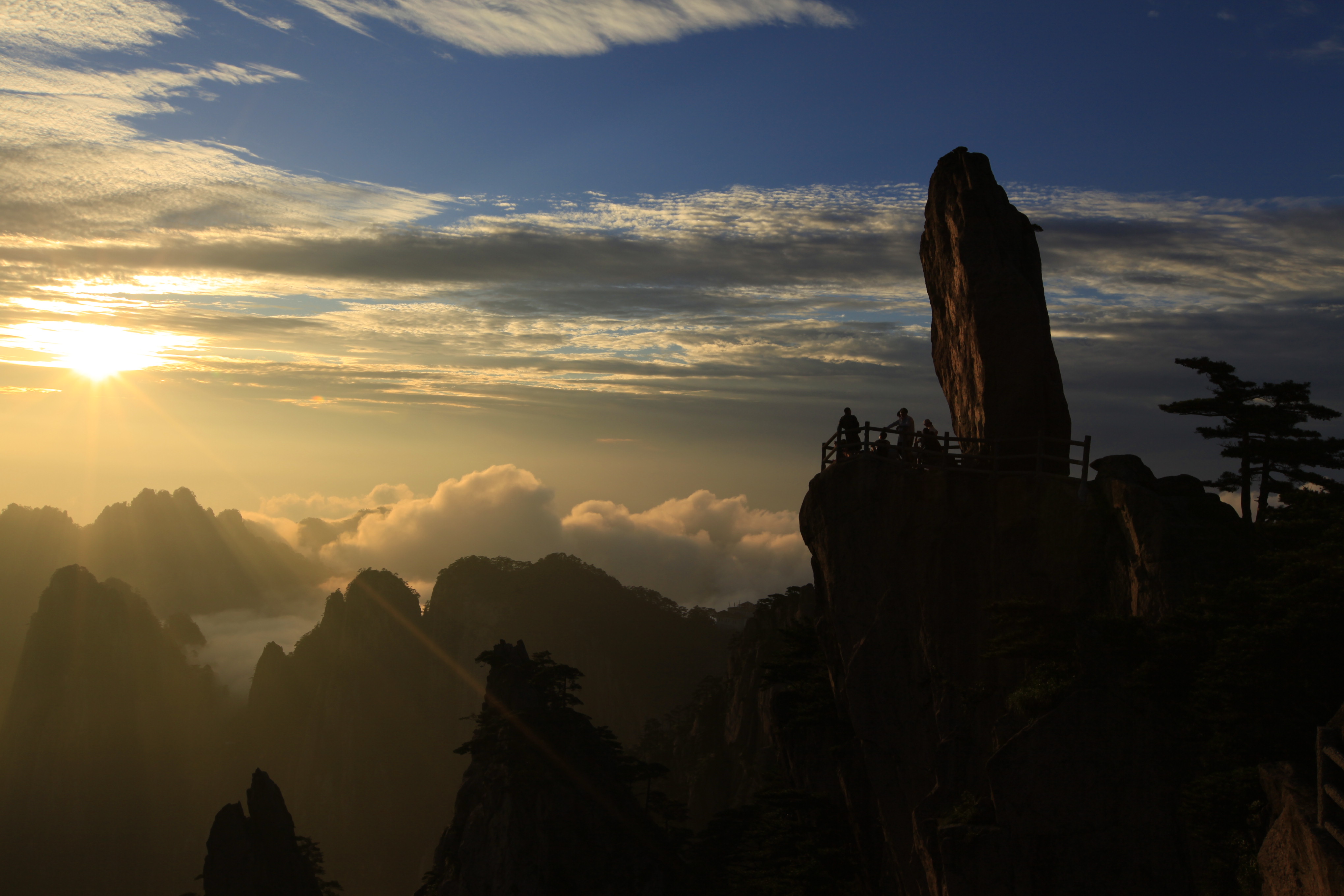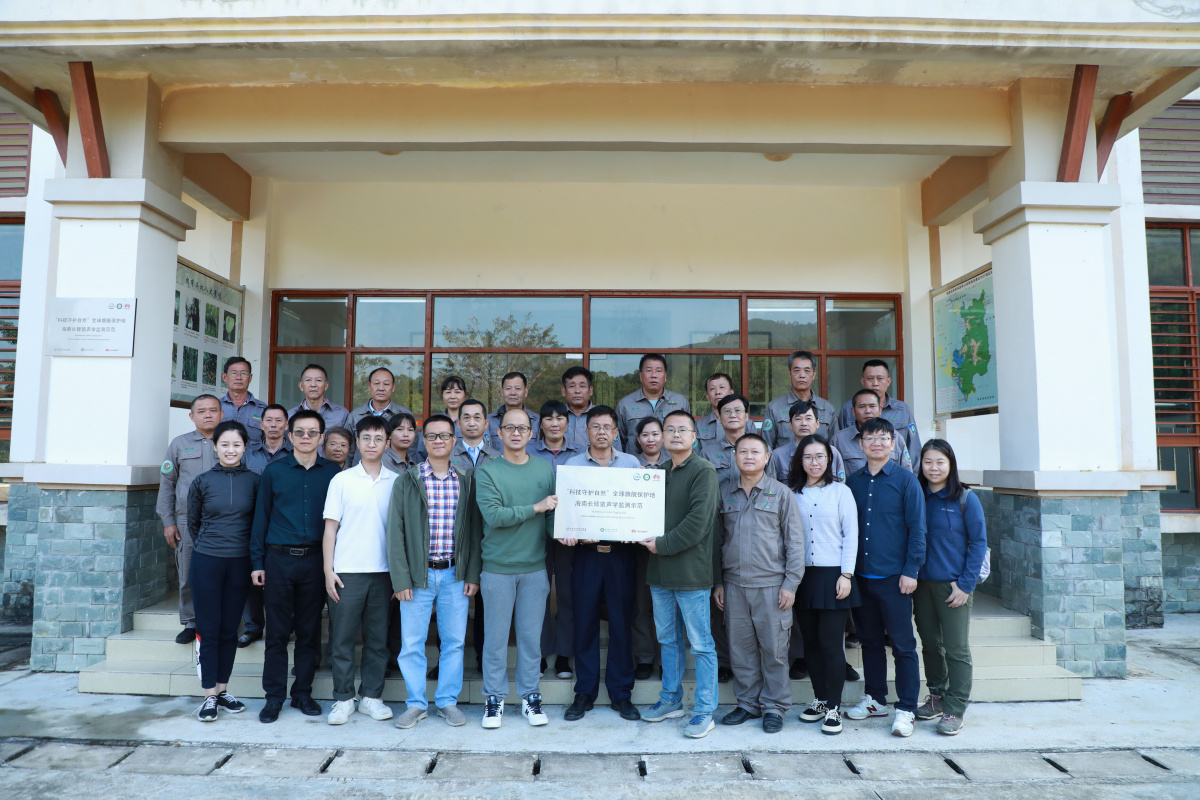Kishore Rao’s 40-year journey through protected areas and World Heritage
As the 39th World Heritage Committee concludes, Kishore Rao steps down for retirement after having headed UNESCO’s World Heritage Centre for over four years. With a background in nature conservation, he has worked on the World Heritage Convention from the perspectives of its secretariat, its advisory body on nature, and a State Party.

Photo: German Commission for UNESCO / Kolja Matzke
The 2015 World Heritage Committee meeting may possibly be remembered for its strong focus on culture – perhaps with justification. UNESCO’s Bonn Declaration and Global Coalition for the protection of cultural heritage, which IUCN fully supports, was a strong call against the deliberate destruction of ancient treasures that symbolise cultural diversity.
If cultural World Heritage gets the attention it deserves, nature, on the other hand, seems somewhat of an underdog. Perhaps this is simply because natural sites make up 22% of the World Heritage List. Or perhaps it has to do with the fact that UNESCO, the United Nations’ cultural branch, is the secretariat for the World Heritage Convention.
Among the leadership ranks of UNESCO, Kishore Rao has followed a career in nature conservation. Hailing from India, he has been the Director of the World Heritage Centre since 2011, after joining the Centre as Deputy Director in 2005, and has had specific responsibility for leading the Centre’s work on natural heritage. He will be taking retirement in August.
Amongst many areas of leadership, Kishore Rao was instrumental in introducing a focus on climate change to the Convention in 2006, raising at UNFCCC in Nairobi that year: “One of the major challenges of our society is coping with climate change; to this end the need to improve the level of public debate on climate change is vital. Thus, public discussions should be well-informed and realistic.”
A few months later in 2007, the World Heritage Committee adopted its “Policy Document on the Impacts of Climate Change on World Heritage Properties”. In 2015, as governments are expected to reach a new international agreement at the UNFCCC COP-21 in Paris in December, the issue of climate change was again on the Committee’s agenda.
His legacy also includes the introduction of much more constructive dialogue in the nomination process for new World Heritage sites, through the so-called “upstream process” and, this year, he has overseen the first introduction of language regarding indigenous peoples into the Convention’s Operational Guidelines.
Kishore Rao has devoted 40 years of his life to conservation and the World Heritage Convention – not only from the perspective of the secretariat, but also from that of a State Party and IUCN as the advisory body on natural World Heritage.
For three years before he was recruited by UNESCO, he was a member of IUCN’s World Heritage Panel, a group of experts responsible for producing the official advice of IUCN on all natural nominations to the World Heritage List.
Kishore Rao worked with IUCN in different capacities before joining the World Heritage Centre. From 1999 to 2005, he led the Ecosystems and Livelihood Group for IUCN Asia, with responsibility for the region’s programmes on protected areas and mountains, with oversight of the China programme. For five years before that, from 1994 to 1999, he held the position of Vice-Chair for South Asia in IUCN’s World Commission on Protected Areas.
Kishore Rao started his career in conservation in 1976 with India’s Ministry of Environment after studying forestry in India, and natural resources policy and planning at Cornell University in the United States.
IUCN wishes Kishore Rao all the best for a long and happy retirement.



